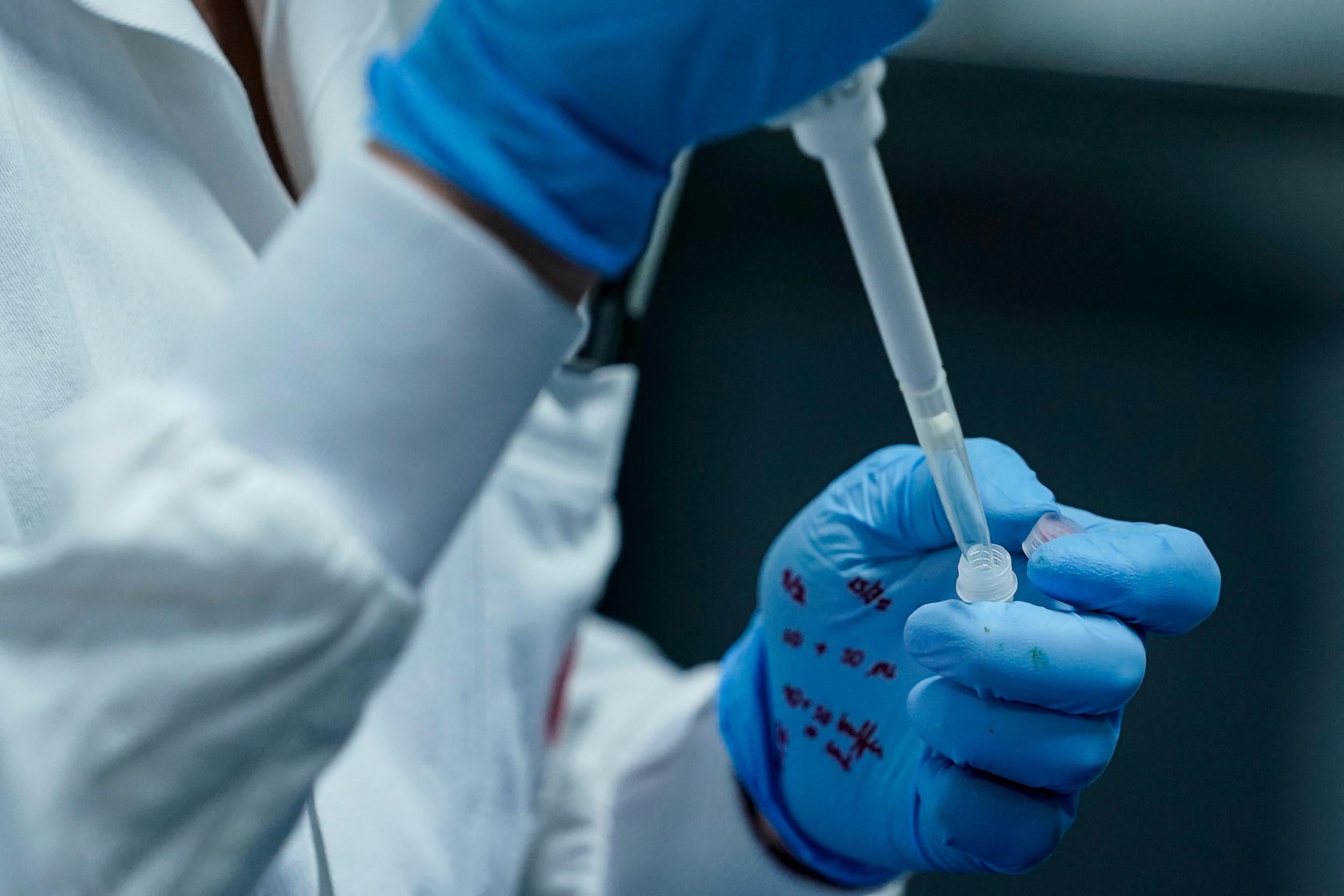Scientists say they’re one step closer to delaying the ageing process
A team of scientists from the University of California San Diego use yeast to study the ageing process

Your support helps us to tell the story
From reproductive rights to climate change to Big Tech, The Independent is on the ground when the story is developing. Whether it's investigating the financials of Elon Musk's pro-Trump PAC or producing our latest documentary, 'The A Word', which shines a light on the American women fighting for reproductive rights, we know how important it is to parse out the facts from the messaging.
At such a critical moment in US history, we need reporters on the ground. Your donation allows us to keep sending journalists to speak to both sides of the story.
The Independent is trusted by Americans across the entire political spectrum. And unlike many other quality news outlets, we choose not to lock Americans out of our reporting and analysis with paywalls. We believe quality journalism should be available to everyone, paid for by those who can afford it.
Your support makes all the difference.Scientists said may be one step closer to being able to delay the ageing process.
A team of scientists from the University of California San Diego (UCSD) used yeast to study how the ageing process works.
Yeast, a single-celled fungi, was picked because it’s easy for scientists to manipulate, which allows them to study if different cells age at the same rate and through the same means.
Their findings, published in the journal of Science, showed that even though the cells studied were made of the same material and within the same environment, they aged in “strikingly distinct ways”.
With the use of microfluidics, computer modelling, and other techniques, scientists found that half of the cells aged through a “gradual decline in the stability of the nucleolus” – a region of nuclear DNA in the nucleus and functions as the “brain”.
In comparison, the other half of cells aged due to dysfunction of their mitochondria, which is the energy production unit of the cell.
Scientists concluded cells will go down one of two paths of life – either through the mitochondria or the nucleolus – and will follow that “ageing route” through the entirety of their life until they decline or die.
“To understand how cells make these decisions, we identified the molecular processes underlying each ageing route and the connections among them, revealing a molecular circuit that controls cell ageing, analogous to electric circuits that control home appliances,” said Nan Hao, senior author of the study and an associate professor at UCSD.
This information helped scientists create their own ageing landscape so they could manipulate the ageing process in the cells. They were then able to create a ”novel ageing route” with an extended lifespan.
“Our study raises the possibility of rationally designing gene or chemical-based therapies to reprogram how human cells age, with a goal of effectively delaying human ageing and extending human health span,” Mr Hao said.
Researchers will now test their new model in more complex cells and organisms, with the goal to eventually manipulate human cells.
Join our commenting forum
Join thought-provoking conversations, follow other Independent readers and see their replies
Comments